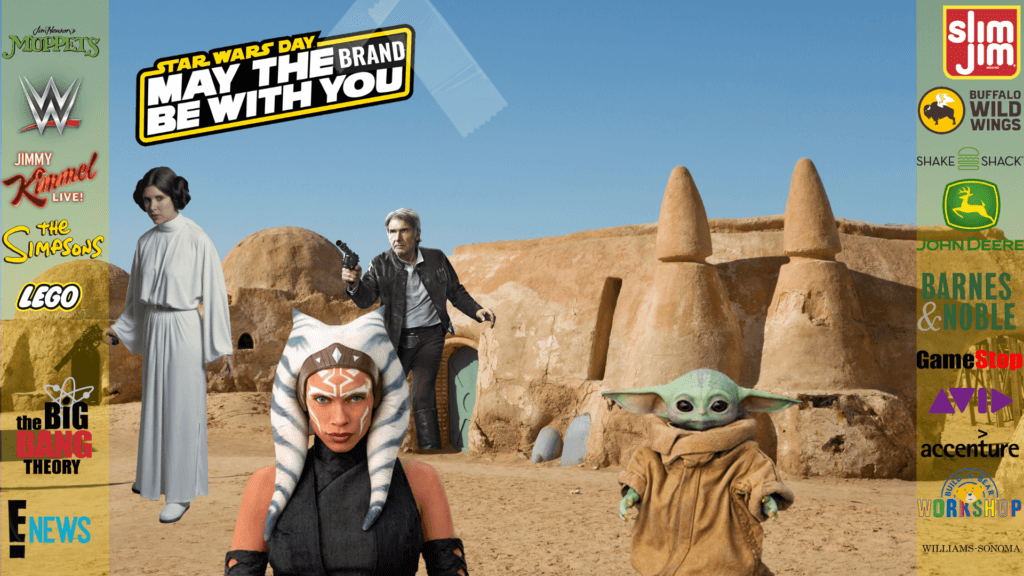Is your brand ready for the privacy policy changes ahead?

Create a relevant advertising strategy as technologies ramp up consumer privacy controls.
The Value of Measuring an Active Engager vs. Passive Observer

All brands are looking to spark social engagement. But inspiring consumers to comment or share your brand with their network takes thoughtful planning. Meaningful audience engagement goes beyond a simple “like,” so you need to know what content gets people talking. Social Media Analytics Across Channels Measuring impressions, video views, and likes are too passive […]
Share of Voice – How to Measure and Increase vs Industry Competitors

Watch this webinar to learn how to measure Share of Voice (SOV), a cornerstone metric that helps you understand your brand’s health and awareness in the market as it relates to your competition. SOV gives you the overall positioning of your brand at a high level and, when done well, it also provides the details at an […]
7 Ways Brands Most Successfully Celebrated Star Wars Day

When marketers think about planning seasonal campaigns, usually holidays like Thanksgiving or Christmas come to mind. While those should be a focus, on social media there’s also a great amount of opportunity around less formal holidays that are more playful in tone, and often build around intellectual property. May The Fourth, or the Star Wars […]
3 Ways To Optimize Your Digital Marketing Without Third-Party Cookies

With the right analytics you can build a strong marketing strategy that extends beyond the audience you reach with third-party cookies.
What You Need To Know About Third-Party Cookies Disappearing

You’ve probably heard at least some conversation around Google’s plan to block third-party cookies. Did you flag it as something to investigate at a later time? If a significant portion of your digital marketing strategy is reliant on retargeted online advertising, now is the time to get up-to-speed. The Basic Facts About Cookies Cookies, in […]
